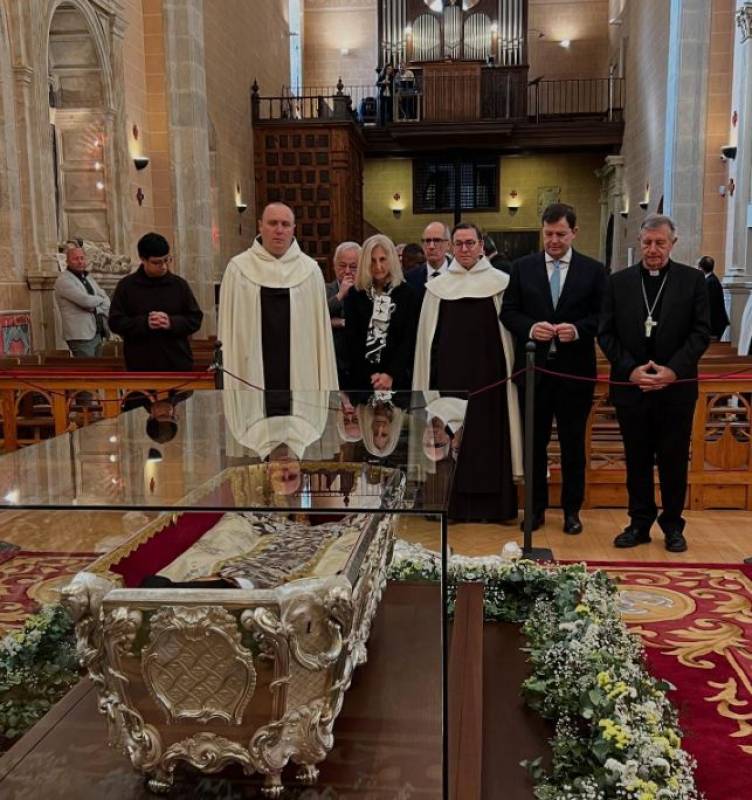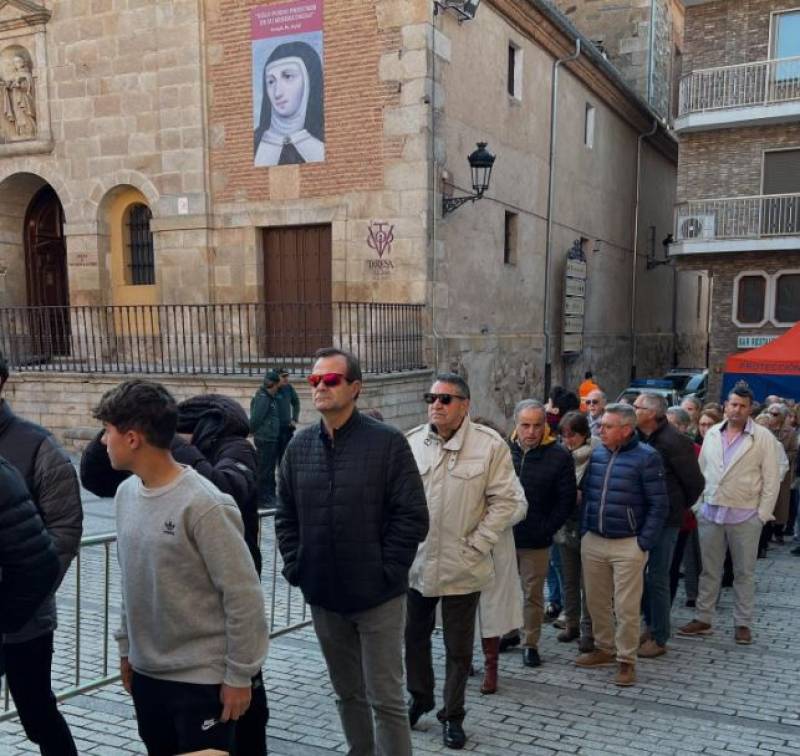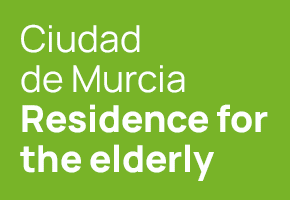

Guidelines for submitting articles to San Javier Today
Hello, and thank you for choosing sanjavier.today to publicise your organisation’s info or event.
San Javier Today is a website set up by Murcia Today specifically for residents of the urbanisation in Southwest Murcia, providing news and information on what’s happening in the local area, which is the largest English-speaking expat area in the Region of Murcia.
When submitting text to be included on San Javier Today, please abide by the following guidelines so we can upload your article as swiftly as possible:
Send an email to editor@spaintodayonline.com or contact@murciatoday.com
Attach the information in a Word Document or Google Doc
Include all relevant points, including:
Who is the organisation running the event?
Where is it happening?
When?
How much does it cost?
Is it necessary to book beforehand, or can people just show up on the day?
…but try not to exceed 300 words
Also attach a photo to illustrate your article, no more than 100kb

Spanish St Teresa of Ávila's body displayed for first public veneration in over a century
Pilgrims flock to Alba de Tormes for rare opportunity to venerate Spain’s revered mystic and reformer
 For the first time in 111 years, the tomb of Saint Teresa of Ávila, also known as Saint Teresa of Jesus, has been opened to the public for veneration in the Spanish town of Alba de Tormes, Salamanca. The rare event, which began on Sunday May 11, allows pilgrims to view the 16th-century saint’s body in the Basilica of the Annunciation until May 25.
For the first time in 111 years, the tomb of Saint Teresa of Ávila, also known as Saint Teresa of Jesus, has been opened to the public for veneration in the Spanish town of Alba de Tormes, Salamanca. The rare event, which began on Sunday May 11, allows pilgrims to view the 16th-century saint’s body in the Basilica of the Annunciation until May 25. The body, which lies in a glass-fronted reliquary in the convent church, has sparked both profound emotion and some controversy. While many visitors were visibly moved, some seen praying or overcome with tears, the display also drew scepticism and debate online, with critics questioning the appropriateness of exhibiting what is described as a sacred but visibly skeletal corpse.
The body, which lies in a glass-fronted reliquary in the convent church, has sparked both profound emotion and some controversy. While many visitors were visibly moved, some seen praying or overcome with tears, the display also drew scepticism and debate online, with critics questioning the appropriateness of exhibiting what is described as a sacred but visibly skeletal corpse. Throughout her life and after her death, Teresa’s body has been a subject of fascination and reverence. She was buried three times, and her remains were partly dismembered to produce relics including her heart, arm and hand – the latter at one point held by Spanish dictator Francisco Franco.
Throughout her life and after her death, Teresa’s body has been a subject of fascination and reverence. She was buried three times, and her remains were partly dismembered to produce relics including her heart, arm and hand – the latter at one point held by Spanish dictator Francisco Franco.Pregunta seria de lunes ¿Qué necesidad hay de exponer públicamente un cadáver, por muy de santa Teresa que sea, y pretender que a pesar de la evidencia está "incorrupto"? Me parece una auténtica profanación.
— Agustin-Martinez (@agustin-martinez.bsky.social) May 12, 2025 at 10:26 AM
[image or embed]
Si este es el cuerpo INCORRUPTO de Santa Teresa, la mujer estaba hecha misto antes de palmar. pic.twitter.com/inhCwwUmOR
— skakeo fanzine (@skakeofanzine) May 12, 2025








